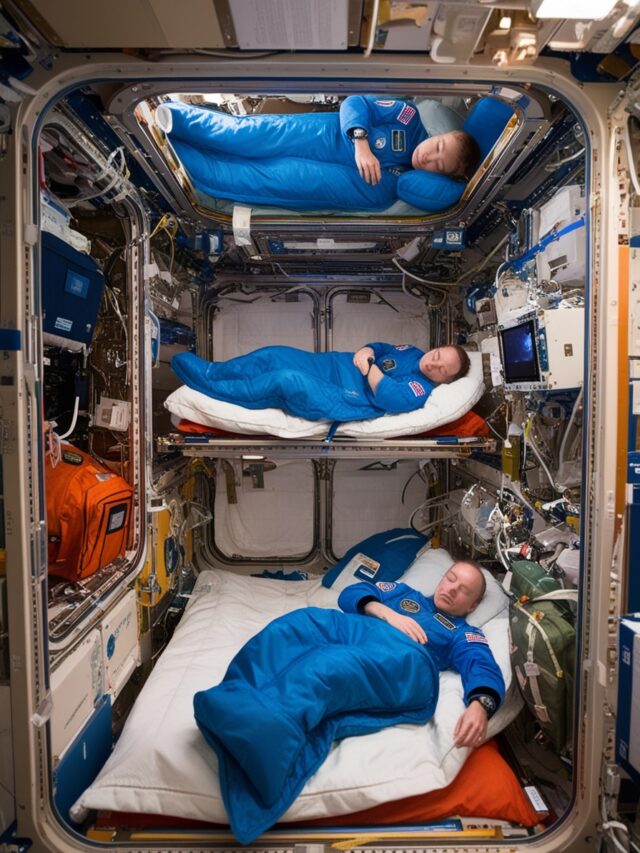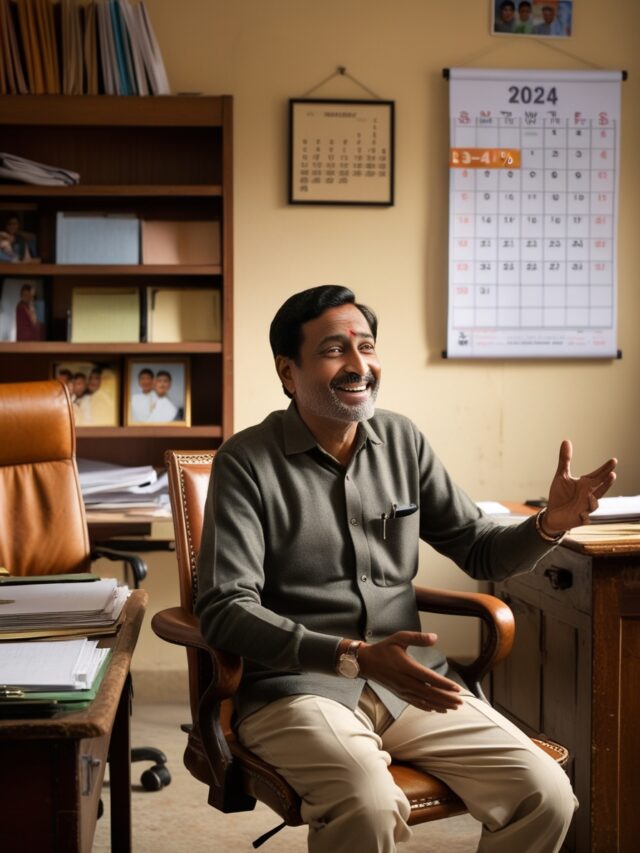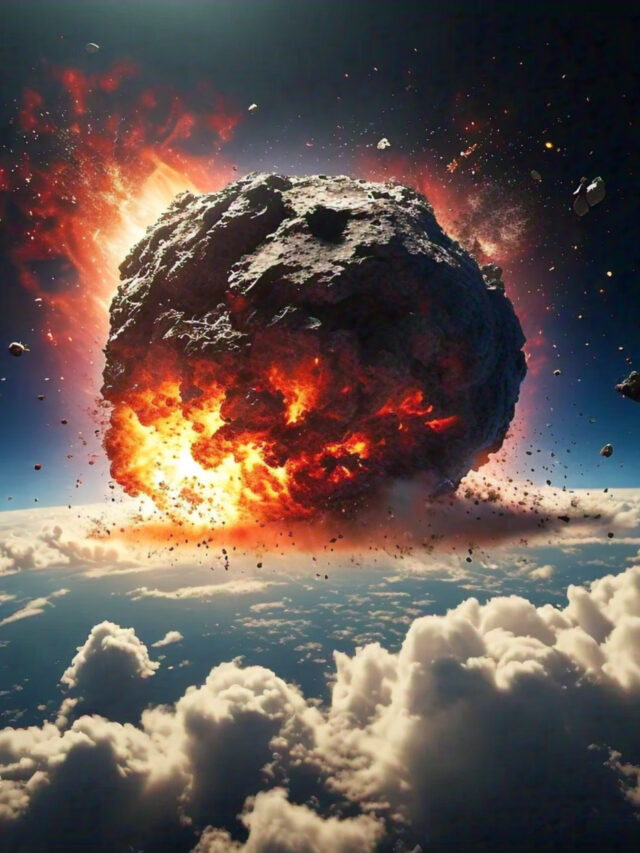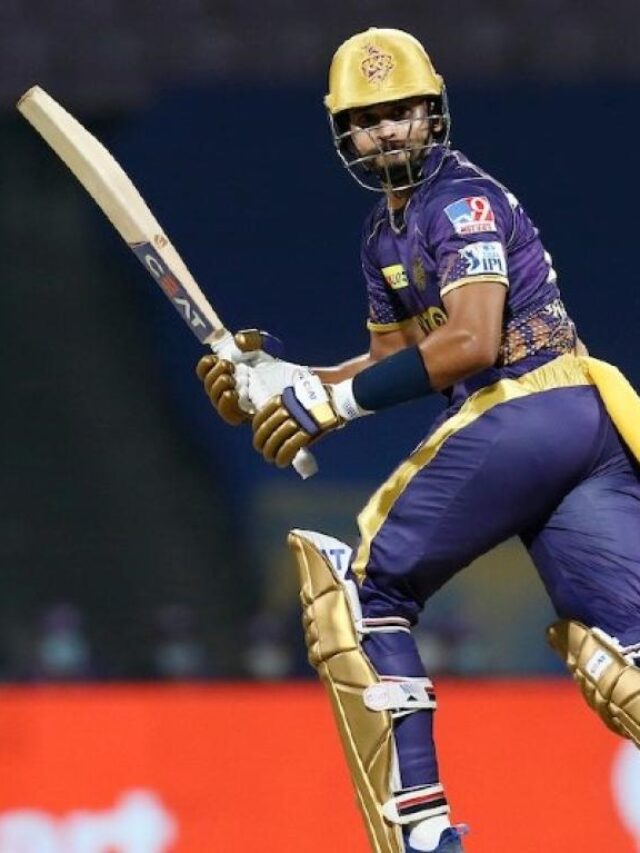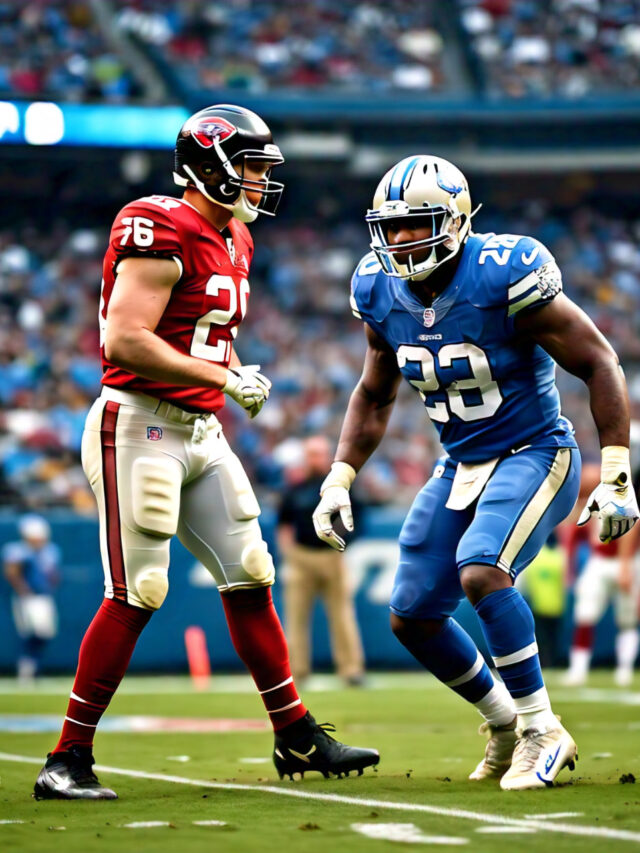
Gupta Art, Architecture a cornerstone of ancient Indian cultural heritage, flourished during the Gupta Empire (4th to 6th century CE). Renowned for its exemplary sculptures, intricate carvings, and innovative structural designs, Gupta art reflects the cultural and aesthetic brilliance of the era. The Gupta period witnessed the creation of iconic temples, stupas, and sculptures that continue to captivate art enthusiasts and historians alike.
MCQs with Answers and Explanations:
1. During the Gupta period, what did the term ‘sarthavaha’ refer to?
- Settled merchants
- Caravan traders
- Liquor traders
- None of the above
Show Answer
Correct Answer: Caravan traders
During the Gupta period, ‘sarthavaha’ referred to caravan traders who played a vital role in the trade network. These traders traveled extensively to various regions to sell their merchandise. They were known for selling their goods at significantly higher prices in different markets, contributing to the flow of goods and commerce during the Gupta era.
2. During the Gupta period, the minting of silver coins was first started in the reign of which Gupta king?
- Chandragupta I
- Chandragupta II
- Kumaragupta I
- Skandagupta
Show Answer
Correct Answer: Chandragupta II
The Gupta emperor Chandragupta II initiated the practice of minting silver coins during his reign. His successors, including Kumaragupta I and Skandagupta, continued this practice, demonstrating the importance of silver as a medium of exchange during the Gupta era.
3. Which among the following is considered to be the official law book of the Guptas?
- Manusmriti
- Parashara Smriti
- Yajnavalkya Smriti
- Vyasa Smriti
Show Answer
Correct Answer: Yajnavalkya Smriti
The Yajnavalkya Smriti, an ancient Indian legal text, is considered one of the prominent sources of legal principles during the Gupta period. It provided a framework for governance and legal practices in the Gupta Empire.
4. Which of the following kings is glorified in the Bhitari pillar inscription?
- Chandragupta – I
- Samudragupta
- Chandragupta II
- Skandagupta
Show Answer
Correct Answer: Skandagupta
The Bhitari pillar inscription, dating to the reign of Gupta ruler Skandagupta, glorifies his achievements, highlighting his conquests and benevolence toward the conquered people. This inscription serves as an important historical record of the Gupta era.
5. The University of Nalanda was set up by which Gupta ruler?
- Kumargupta I
- Chandragupta II
- Samudragupta
- Kumargupta II
Show Answer
Correct Answer: Kumargupta I
The University of Nalanda, renowned for its excellence in education, was established during the reign of the Gupta emperor Kumargupta I in the 5th century. Nalanda University became a center of learning that attracted scholars from various parts of the world.
6. Which among the following is known as the earliest example of the Panchayatana style of the temple?
- Dashavatara temple at Deogarh
- Temple at Pathari
- Shatrughneshwara temple at Bhubaneshwar
- Lakshmana temple at Sirpur
Show Answer
Correct Answer: Dashavatara temple at Deogarh
The Dashavatara Temple, also known as the Gupta Temple, located at Deogarh, is considered one of the earliest examples of the Panchayatana style of temple in North India. This temple, built during the Gupta period, reflects the architectural and artistic advancements of the time.
7. At which of the following places has a life-sized bronze image of the Buddha been discovered?
- Gwalior
- Ujjain
- Sultanganj
- Topra
Show Answer
Correct Answer: Sultanganj
A life-sized bronze image of the Buddha belonging to the Mathura school of art was discovered in Sultanganj, Bihar, during the Gupta period. This artwork exemplifies the mastery of bronze casting and artistic expression during that era.
8. At which of the following places are the “The Bagh” cave paintings located?
- Ujjain
- Mathura
- Gwalior
- Sultanganj
Show Answer
Correct Answer: Gwalior
The Bagh cave paintings, located near Gwalior, represent a form of Buddhist art from the Gupta period. While they are simpler and plainer compared to the famous Ajanta cave paintings, they are valuable in preserving the artistic and religious expressions of the time.
9. Which period marks the beginning of Indian temple architecture?
- Kushana period
- Gupta period
- Mauryan period
- Vedic period
Show Answer
Correct Answer: Gupta period
The Gupta period marked the beginning of temple architecture in India. Concrete structures in the form of temples were first constructed in northern India during this period. This architectural innovation laid the foundation for the development of temple architecture in the subsequent centuries.
10. In which architectural style were the temples in northern India made during the Gupta period?
- Dravida
- Nagara
- Vesara
- Mandapa
Show Answer
Correct Answer: Nagara
During the Gupta period, temples in northern India were indeed constructed in the Nagara architectural style. This architectural style is characterized by the use of square-shaped temples with flat roofs. The Nagara style of temple architecture is known for its verticality and the presence of multiple intricate spires or shikharas.
11. During the Gupta period, what articles were included in trade between different parts of India? 1. Pepper 2. Sandalwood 3. Coral 4. Saffron Select the correct option from the codes given below:
- Only 1 & 2
- Only 3 & 4
- Only 1, 2 & 3
- 1, 2, 3 & 4
Show Answer
Correct Answer: 1, 2, 3 & 4
Local trade during the Gupta period mainly involved everyday items, catering to the needs of the local population. In contrast, trade between different parts of India was characterized by the exchange of valuable and luxury commodities. This included items such as pepper, sandalwood, coral, musk, saffron, yak’s tail, elephants, horses, gold, copper, iron, and mica. This long-distance trade route enriched the Gupta Empire and fostered cultural and economic exchanges.
12. What indicates a considerable volume of trade between the Byzantine Empire and India during the Gupta period?
1. Byzantine gold coins discovered in southern, eastern, and western parts of India.
2. In Justinian’s law digest, a long list of imports from India.
Select the correct option from the codes given below:
- Only 1
- Only 2
- Both 1 & 2
- Neither 1 nor 2
Show Answer
Correct Answer: Both 1 & 2
The Gupta period witnessed significant trade relations between the Gupta Empire and the Byzantine Empire. The discovery of Byzantine gold coins in various parts of India and the inclusion of Indian imports in Justinian’s law digest indicated the existence of a substantial volume of trade between these two regions during the Gupta period. This trade relationship highlights the Gupta Empire’s role in the broader international trade network of the time.
13. During the Gupta period, what did India import from Ceylon? 1. Pearls 2. Silver 3. Textiles 4. Spices Select the correct option from the codes given below:
- Only 1 & 2
- Only 2 & 3
- Only 1, 2 & 3
- 1, 2, 3 & 4
Show Answer
Correct Answer: Only 1, 2 & 3
During the Gupta period, India maintained close commercial relations with Ceylon (modern Sri Lanka). Ceylon imported various commodities from India, including textiles, spices, sandalwood, musk, castor oil, horses, elephants, pearls, and silver. This trade between India and Ceylon not only facilitated economic ties but also cultural exchanges between the two regions.
14. Which statements are correct regarding currency during the Gupta period? 1. The gold coins of each successive Gupta ruler, after Chandragupta II, contained less gold and more alloy. 2. They issued a large number of silver coins called rupyakas. Select the correct option from the codes given below:
- Only 1
- Only 2
- Both 1 & 2
- Neither 1 nor 2
Show Answer
Correct Answer: Both 1 & 2
The gold coins of successive Gupta rulers, starting from Chandragupta II, contained less gold and more alloy. Additionally, the Guptas issued a significant number of silver coins known as rupyakas.
15. Regarding Gupta coins, which statements are correct? 1. The Gupta coins are well-designed and meticulously crafted. 2. The coins carried aesthetically impressive depictions of the rulers’ activities. Select the correct option from the codes given below:
- Only 1
- Only 2
- Both 1 & 2
- Neither 1 nor 2
Show Answer
Correct Answer: Both 1 & 2
The Gupta coins were highly regarded for their intricate designs and meticulous craftsmanship. These coins often featured aesthetically impressive depictions of the activities and achievements of the Gupta rulers, reflecting their contributions to the empire.
16. Which of the following statements is correct regarding the gold coins issued by the Gupta Empire? 1. They were useful only for big transactions.
2 Chandragupta-Kumara devi type of gold coins were the earliest gold coins of the dynasty.
Select the correct option from the codes given below:
- Only 1
- Only 2
- Both 1 & 2
- Neither 1 nor 2
Show Answer
Correct Answer: Both 1 & 2
Gold coins issued by the Gupta Empire were indeed primarily used for significant transactions, such as the sale and purchase of land. The Chandragupta-Kumaradevi type of gold coins were some of the earliest gold coins issued by the dynasty, featuring the portrait of Chandragupta II and his queen, Kumaradevi.
17. In which architectural style were the temples in northern India made during the Gupta period?
- Dravida
- Nagara
- Vesara
- Mandapa
Show Answer
Correct Answer: Nagara
During the Gupta period, temples in northern India were indeed constructed in the Nagara architectural style. This architectural style is characterized by the use of square-shaped temples with flat roofs. The Nagara style of temple architecture is known for its verticality and the presence of multiple intricate spires or shikharas.
18. Two temples, in which the images of Vishnu are placed in the center as the chief deity, are found at which of the following places? 1. Dashavatara temple at Deogarh 2. Bhitargaon in Kanpur Select the correct option from the codes given below:
- Only 1
- Only 2
- Both 1 & 2
- Neither 1 nor 2
Show Answer
Correct Answer: Both 1 & 2
Dashavatara Temple at Deogarh and Bhitargaon Temple in Kanpur are notable examples of temples built in the Nagara architectural style during the Gupta period. They both feature square layouts and flat roofs, which are characteristic of this style. These temples are significant for their representation of Vishnu as the chief deity at the center, reflecting the religious and artistic trends of the time.
19. From which of the following places has a stone sculpture of Nara Narayana been found?
- Bhitargaon
- Sultanganj
- Deogarh
- Gwalior
Show Answer
Correct Answer: Deogarh
The Dashavatara Temple in Deogarh, Jhansi, is an early 6th-century Vishnu Hindu temple constructed during the Gupta period. This temple exhibits elements of Gupta art and architecture and houses a stone sculpture of Nara Narayana, a form of Vishnu. The presence of this sculpture adds to the religious and artistic importance of the temple.
20. The inspiration for the themes of sculpture during 300 – 600 CE was drawn from which of the following traditions? 1. Buddhist traditions 2. Hindu traditions 3. Jain traditions Select the correct option from the codes given below:
- Only 1
- Only 2
- Only 1 & 3
- 1, 2, 3
Show Answer
Correct Answer: 1, 2, 3
The sculpture themes during the period of 300-600 CE were inspired by Hindu, Buddhist, and Jain traditions, resulting in the introduction of new styles in temple architecture.
21. At which of the following places can the colossal figure of Krishna effortlessly lifting up Govardhana mountain be found?
- Mathura
- Vrindavan
- Varanasi
- Deogarh
Show Answer
Correct Answer: Varanasi
The colossal stone figure of Krishna lifting the Govardhana mountain is indeed one of the most remarkable and iconic sculptures from the Gupta period. This free-standing image, found in Varanasi, exemplifies the artistic excellence of the time and showcases the devotion to Lord Krishna in Hindu art.
22. At which of the following places was a stone sculpture of a larger-than-life figure of a horse found?
- Mathura
- Deogarh
- Sultanganj
- Khairigarh
Show Answer
Correct Answer: Khairigarh
A stone sculpture representing a larger-than-life figure of a horse, possibly symbolizing an Ashwamedha horse, was unearthed in Khairigarh, Uttar Pradesh. This sculpture, crafted from beige sandstone, reflects the artistry of the Gupta period and potentially signifies rituals or religious significance.
23. At which of the following places can the famous relief scene of Vishnu rescuing the earth from the waters in the form of Nri-Varaha be found?
- Sarnath
- Udaigiri
- Mathura
- Khairigarh
Show Answer
Correct Answer: Udaigiri
The relief scene depicting Vishnu rescuing the earth in the form of Nri-Varaha (a human body with a boar’s head) is a significant artistic representation found in the caves at Udaigiri, near Vidisha. This scene narrates the story of Vishnu’s avatar, Varaha, rescuing the earth from the cosmic waters. It exemplifies the Gupta era’s ability to capture complex mythological narratives in stone.
24. From which of the following places was a dated stone image of a seated Tirthankara belonging to 432 CE excavated?
- Udaigiri
- Mathura
- Khairigarh
- Sultanganj
Show Answer
Correct Answer: Mathura
An inscribed stone image of a seated Tirthankara was excavated in Mathura during the Gupta period. This sculpture stands out as different from the seated figurines of earlier centuries and highlights the uniqueness of Mathura sculptures during the Gupta era. Mathura was renowned for its artistic traditions and played a pivotal role in the development of Gupta art.
Gupta Art, Architecture Notes for UPSC Exam


